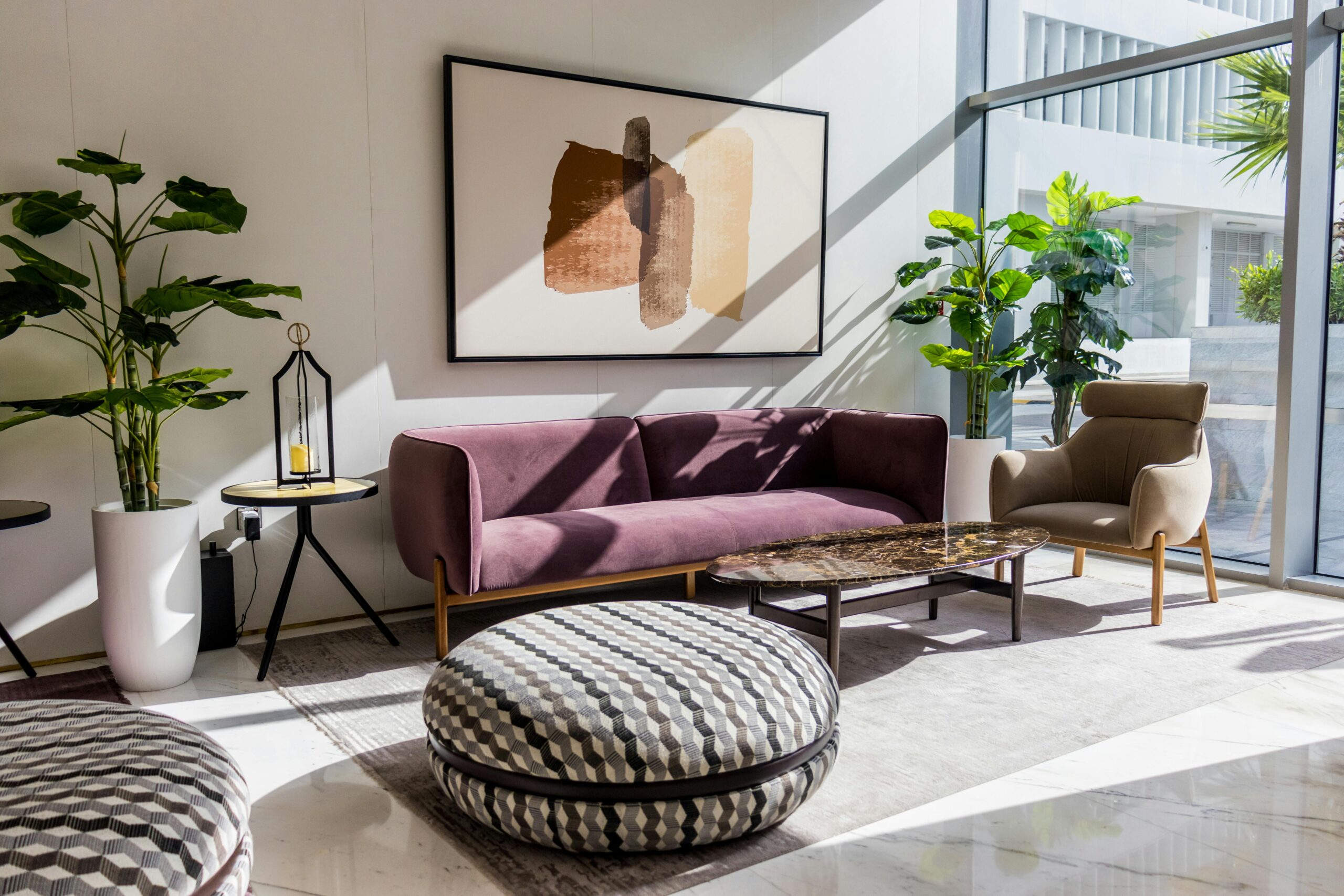Unveiling the Distinctions: Interior Design Versus Interior Architecture

As an interior designer navigating the vibrant world of interior design in the heart of New York City, I frequently engage in discussions about the nuanced yet significant differences between interior design and interior architecture. Well, to be honest, not that frequently, but enough that I thought it would be interesting to unravel these distinctions and answer some frequently asked questions on the unique roles they play in shaping our built environment.
Interior Design: Crafting Experiences Within Spaces
Picture interior design as the maestro orchestrating a symphony of aesthetics and functionality within the confines of a space. Interior design is the art of harmonizing form and function, where every element – from furniture arrangement to color palette – is meticulously curated to evoke a desired atmosphere and cater to the needs of its occupants.
At its essence, interior design is about transforming spaces into living, breathing extensions of our identities and aspirations. From spatial planning, material selection, and lighting design, to the seamless integration of architectural elements to create cohesive, immersive environments that resonate with the human spirit.
In the bustling urban landscape of New York City, where space (as I’ve said over and over again) is a precious resource, interior designers, like myself, are tasked with reimagining and reinventing interiors to maximize efficiency without compromising on style or comfort. From sleek Manhattan lofts to cozy Brooklyn brownstones, I do my best to infuse each project with distinct personalities and a sense of place, reflecting the diversity of cultures in my clients.
Interior Architecture: The Art of Spatial Choreography
Now, let’s shift our focus to interior architecture – the more silent conductor orchestrating the spatial choreography of our built environment. Unlike interior design, which primarily deals with the aesthetic and functional aspects of a space, interior architecture delves deeper into the structural and spatial configuration of interior spaces.
Interior architecture is about shaping the very bones of a building – from floor plans and circulation patterns to structural systems and building codes. It involves a comprehensive understanding of architectural principles, construction techniques, and spatial ergonomics to create environments that are not only visually stunning but also structurally sound and user-friendly. To give an example, it would include more wheelchair-friendly furnishings if our client was someone who used one.
In the dynamic urban landscape of New York City, where historic landmarks coexist with cutting-edge skyscrapers, interior architects play a pivotal role in revitalizing and repurposing existing structures to meet the evolving needs of society. Whether it’s converting a historic warehouse into a trendy loft space or designing innovative co-working environments for the digital age, interior architects in NYC are at the forefront of shaping the future of our built environment.
So, if someone asks whether interior design and interior architecture are the same, you can answer confidently, the answer is…not really. While these two concepts may appear as distinct disciplines, they are inherently interconnected, each influencing and complementing the other in a symbiotic relationship. Some of my most successful interior projects often arise from a collaborative synergy between designers and architects, where design expertise meets technical proficiency to create spaces that are both visually captivating and functionally efficient. This teamwork ensures that the final product is not only aesthetically pleasing but also meets the specific needs and functionalities required by the space and its users.
